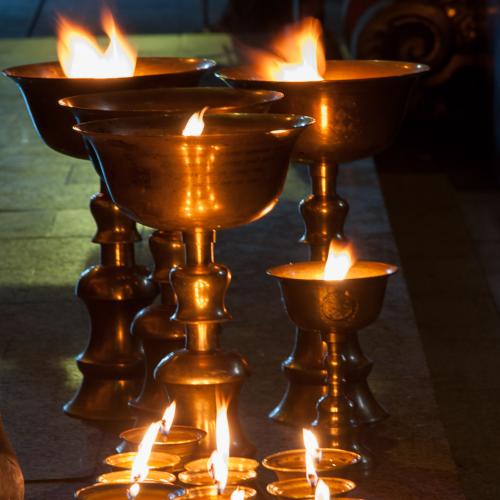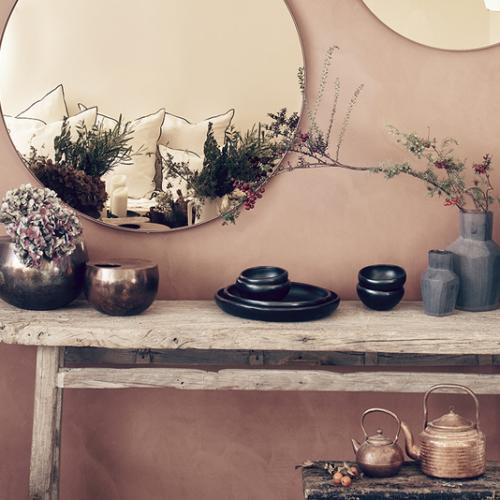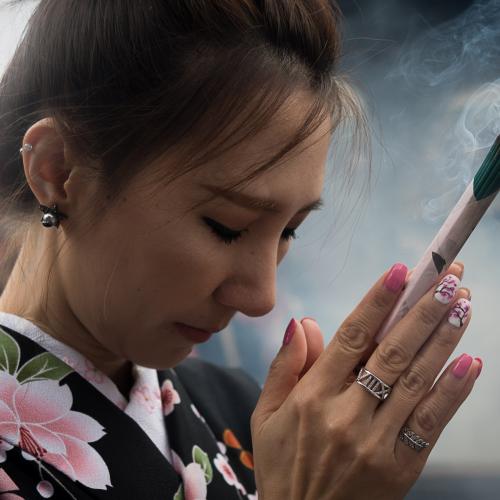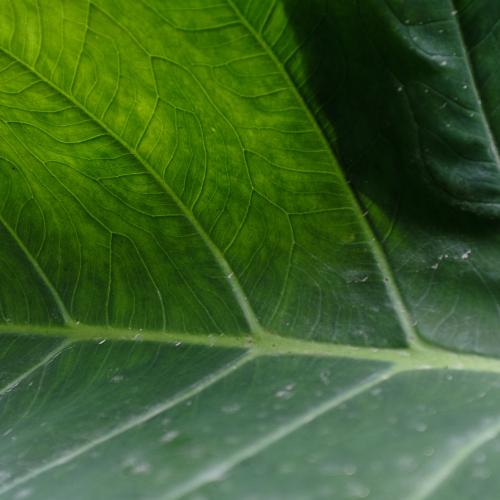The air that bathes us...
Indoor air quality
Summary for pragmatics
Does your home let you breathe?
Indoor air is just as polluted as outdoor air! And we spend a considerable amount of time indoors, so how can we identify the sources of pollution and how can we prevent them?
Sources of Air Pollution :
They are numerous. Here is a non-exhaustive list of the most common ones.
1. Insulation materials such as glass or rock wool or other petrochemicals
2. Conventional paints and floor coverings such as lino, carpets, etc.
3. Solvents, glues, varnishes, lacquers in furniture and many other objects
4. Tobacco
5. Moulds
6. Dust from children's toys
7. Etc.
Questions to ask yourself :
1. Do I have problems with damp in my home?
2. Do I smoke at home?
3. What materials were used in the construction of my home (insulation, cladding, etc.)?
4. What is the composition of the household products I use?
5. Do I have any combustion appliances? Are they well maintained?
6. Where do my furniture and decorative items come from?
7. Do I live in an area with a high concentration of radome?
Simple habits to adopt:
1. Air 10 minutes/day, all year round
2. Favour second-hand goods, which have a lower concentration of pollutants
3. Limit industrial household products. Think of white vinegar, baking soda and steam.
15,000 litres of air per day... That's how much air we breathe at rest every day!
We spend 80% of our time in enclosed spaces. We all breathe air at work, at home, at school, in public places, that is full of pollutants from outside, but also from the indoor environment. It is therefore time to take care of the air we breathe, especially as housing is becoming better and better insulated; excellent news you may say! For our energy bills yes, but the renewal of our indoor air is heavily penalized.
So as "knowing" is already half the job, here are the main sources of indoor pollution and how to best protect yourself.

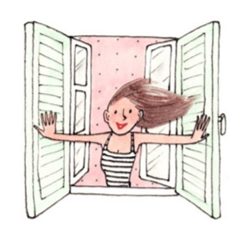 Air regularly, at least 20 minutes a day, even if the outside temperature is not encouraging! Choose a ventilation system (VMC) adapted to your home with the help of a professional. It must be cleaned regularly to avoid clogging and to remain efficient. Also avoid caulking!
Air regularly, at least 20 minutes a day, even if the outside temperature is not encouraging! Choose a ventilation system (VMC) adapted to your home with the help of a professional. It must be cleaned regularly to avoid clogging and to remain efficient. Also avoid caulking! 